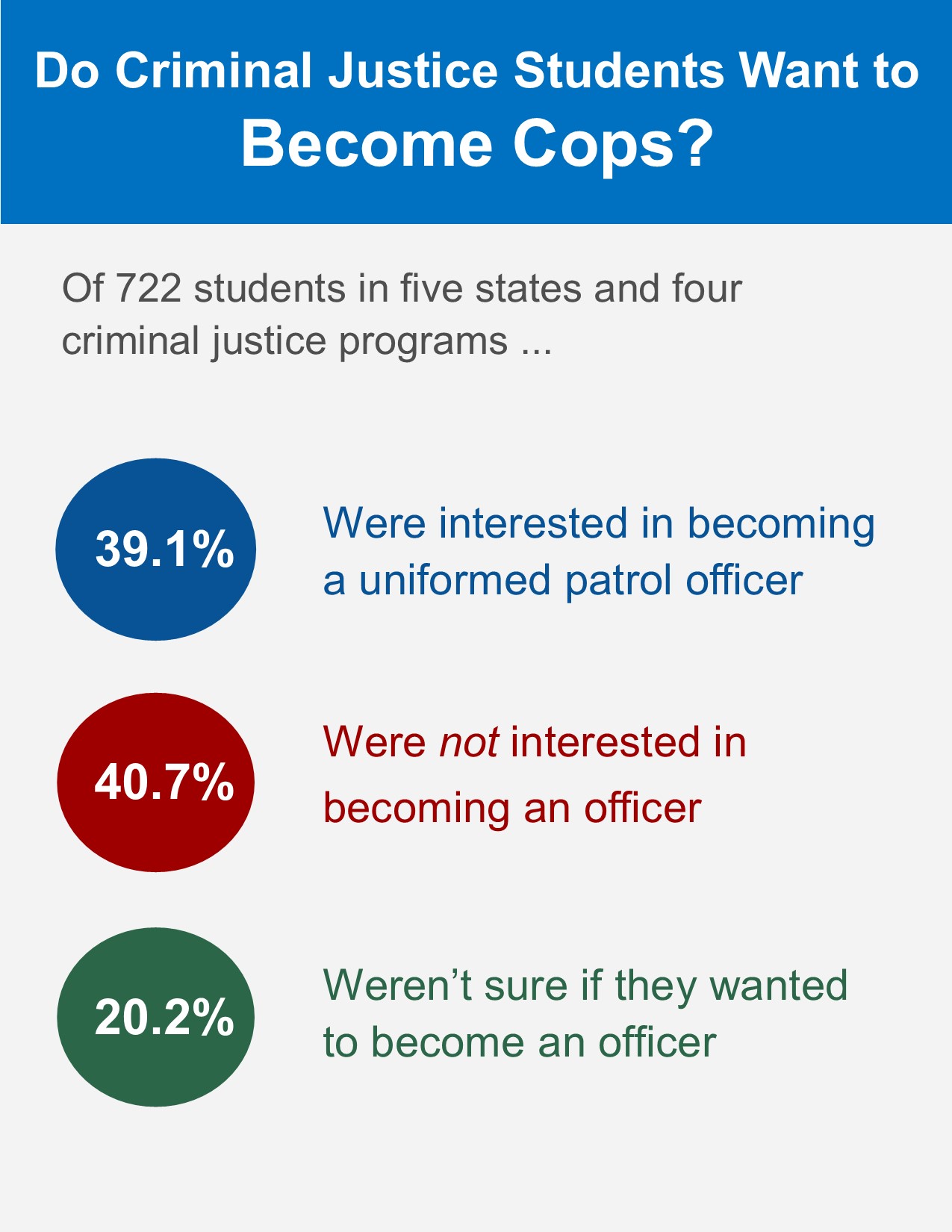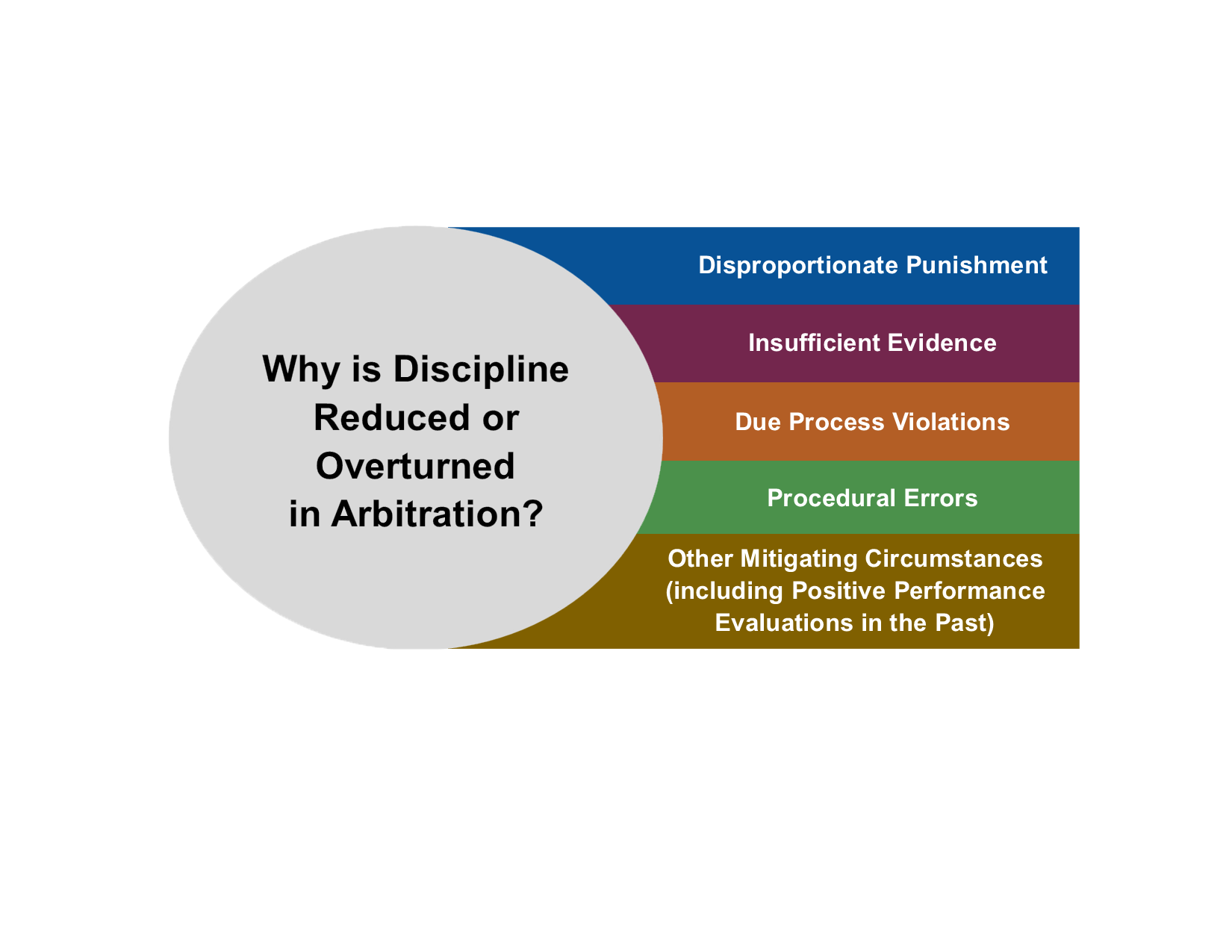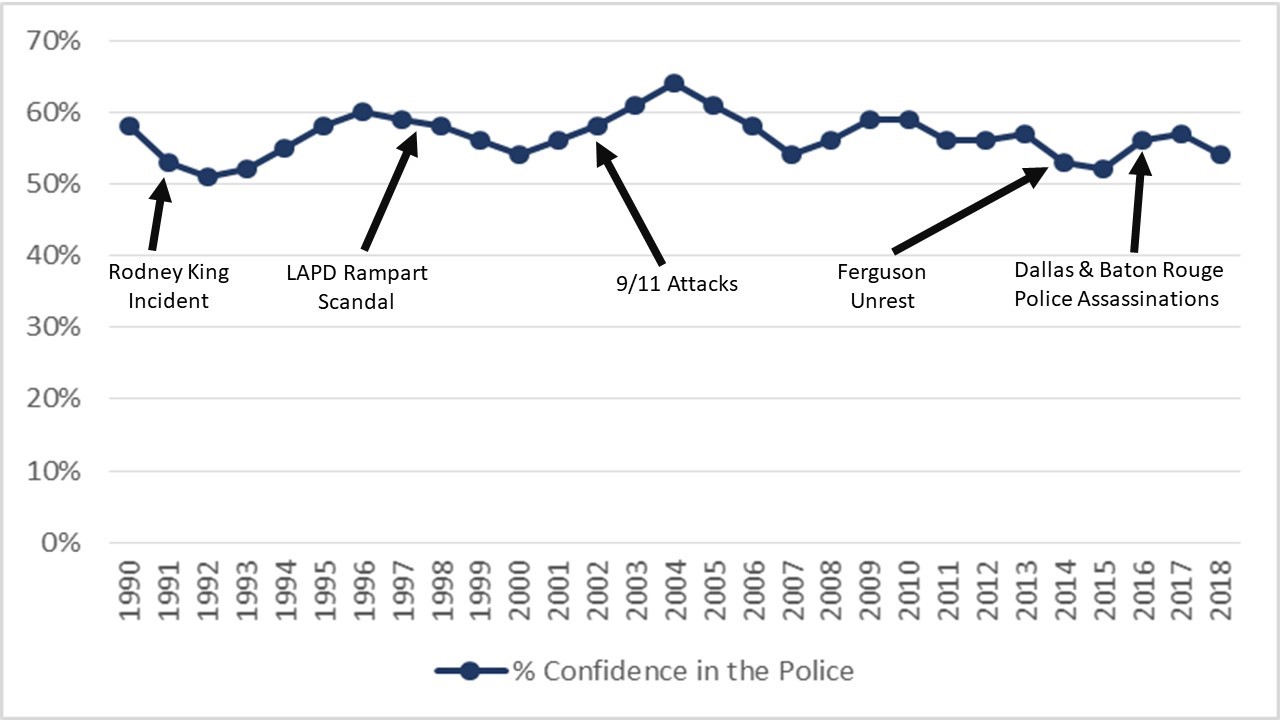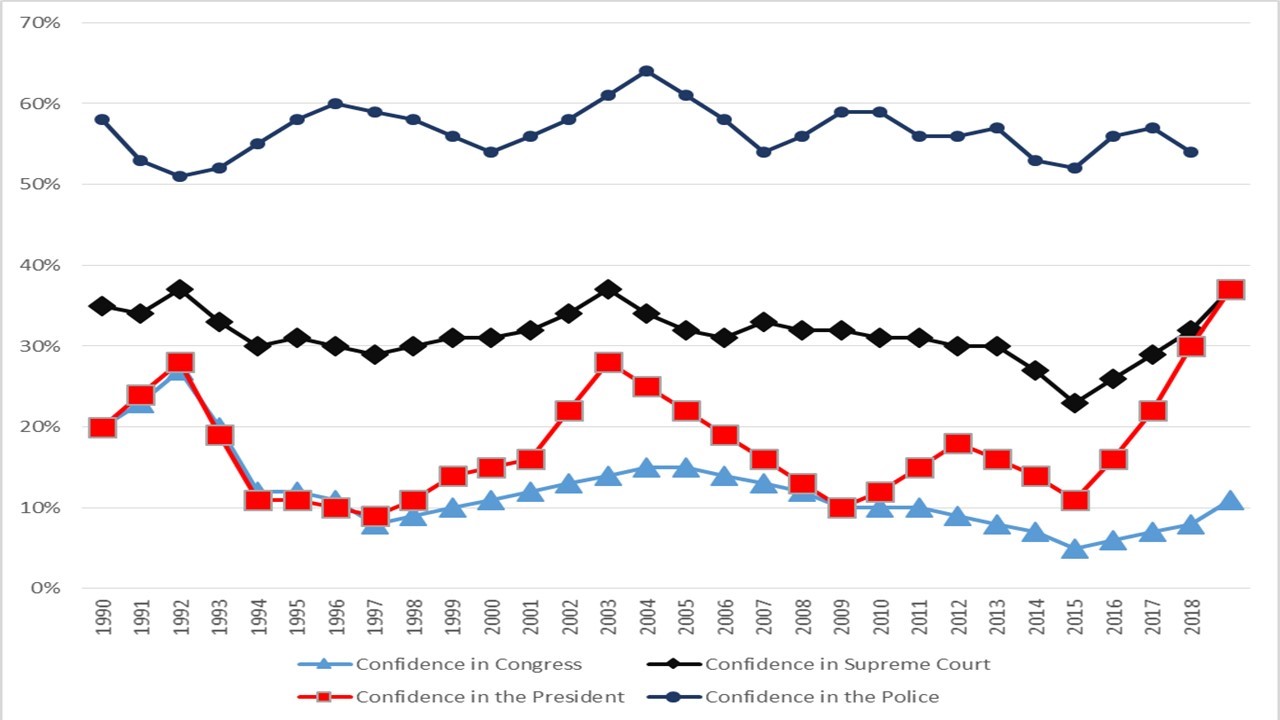A place of worship should be the safest place on Earth for children. Unfortunately, far too frequently we see news stories about children victimized within a church or other religious setting. When children are harmed through abuse, they often carry psychological scars that they will struggle with throughout their entire lives. They question what about themselves made someone want to harm them, and they question why no one protected them. This can have a tremendous negative impact on their feelings of self-worth, their ability to form close bonds with others, and feelings of safety.[1] And children who suffer abuse by a spiritual leader often live their lives with a damaged relationship to God, their spirituality and the church structure within which they were victimized.
Recent research into child abuse scandals within churches has revealed that, in most incidences of, a number of procedural safeguards were missing. Instituting these practical safeguards within your place of worship can significantly reduce the likelihood of future incidents involving abuse of children.[2] Parents attending your place of worship are entrusting you with the safety and care of their children. It is your responsibility to live up to that trust and do what is best to keep these children safe. This article will discuss the six best practices to protect children in churches, synagogues, temples and mosques.
The Dangers Posed to Children
Because of media attention on these acts, most people focus in on the danger of sexual predators when considering child safety. To be sure, it is possible that a sexual predator—a wolf in sheep’s clothing—may volunteer within this environment in order to get access to victims. There are, however, many other potential dangers in a children’s ministry environment as well. Children’s ministries tend to be heavily reliant on volunteers. Some volunteers may lack good parenting skills, and bring these poor parenting skills into the children’s ministry environment. There are also sometimes parents who are so stressed out from caring for their own children all week that they have little patience left at the end of the week to care for a room full of crying toddlers. Such situations may lead to abuse or a child being harmed because he or she was not watched properly.
Children’s ministries are also at risk of dangers posed from outside of the children’s ministry environment. Child abduction from outsiders or non-custodial parents is one threat. There are dangers posed by emergencies such as fires, tornadoes, flash flooding, or earthquakes. Finally, violent crime, in the form of an active shooter within the building or a violent crime committed nearby within the neighborhood, can also place children at risk. Places of worship need to take action to reduce the likelihood of the dangers posed to children by these situations.
-
Screen Staff and Volunteers
Your church should run official criminal records checks on everyone who works on staff, volunteers, or directly interacts with the kids in your children’s ministry. Religious institutions promote the idea of redemption and make room for people with criminal arrest records to serve and participate in the community. Children’s ministry should not be one of those areas. Persons who have engaged in violent or sex-related crimes should not be placed into a position of temptation overseeing children.[3] While this might seem counter-intuitive to the message of redemption, these steps are necessary for protecting children in church and other worship settings as well as removing a potential “stumbling block” from those recovering from criminal pasts.
Staff and volunteers should also be vetted beyond a simple criminal records check. Many churches require the volunteer to provide three personal references, and answer questions about issues related to their current or past pornography viewing, or any problems they have had with anger management. Your organization may also consider providing the volunteer with scenarios of difficult situations that might occur within the children’s ministry area and ask the applicant how he or she would handle the situation.[4] You need to ensure that those serving within the children’s ministry have the proper skills to serve well in that capacity.
-
Secure the Physical Area
It is important that the children’s ministry area is protected from unauthorized access by those not serving in children’s ministry, and that the children being cared for cannot wander off. This requires the children’s ministry area to be secured.[5] Depending on the size of your church or children’s ministry, you may need to secure a single room or an entire wing of the facility. Regardless, children should not leave the area without an adult escort unless they have been turned back over to the care of their parent or guardian. Persons not serving within the children’s ministry, or picking up or dropping off a child, should not be allowed within that area of the building. The volunteers and staff should also be able to secure the area, such as locking the doors, if a dangerous situation—such as an active shooter—occurs.
-
Establish a Check-in/Checkout Procedure
This is an important practice for churches of all sizes, but especially those large enough that those working in the children’s ministry do not know all of the children’s parents by sight. It is uncomfortable to think that someone would try to take a child, but the reality is that there are some evil individuals within society who want to kidnap children.[6] What occurs much more often, however, is a bitter child custody dispute situation. In such situations, the noncustodial parent attempts to collect the child while the custodial parent is attending the worship service. The child may happily recognize the noncustodial parent, thus fooling the volunteer or staff member into thinking that everything is normal. Such custody dispute issues arise out of divorces, but also, because of the current opioid epidemic, when grandparents have to take custody of grandchildren from their own drug addicted children.[7]
A common check-in and checkout security procedure involves printing matching identification tags containing random number or letter combinations using sticky label sheets and a computer. Print them in pairs; put one on the child’s shirt back and give one to the parent. You could also include the names and contact number on the stickers in case a parent needs to be contacted to come get a child during the worship service. The matching sticker system allows adults to prove their child belongs with them. The sticker system also allows another authorized adult to pick up the child for the parent. For example, the parent may drop off the child, but then pass the matching sticker to a grandparent so that the grandparent can retrieve the child. It is important to enforce this matching tag system equally. Even when you are familiar with the family involved, treating everyone equally prevents others from feeling singled out as outsiders.
-
Train All Staff and Volunteers
Ensure that all staff and volunteers working within the children’s ministry area have been properly trained about all procedures regarding the children’s ministry.[8] People’s schedules during the week can be hectic, so it might be best to create a training video and/or PowerPoint presentation for the volunteers to review as their schedules permit. It is also wise to create a brief test—such as ten true-false/multiple-choice questions—to ensure the volunteers actually paid attention to the training provided.
Teach your volunteers about your procedures, the purposes behind these procedures and how they keep children safe. This training should emphasize keeping the children’s ministry area secure, enforcing the check in and out rules, handling toileting issues safely, and knowing the expected responses when emergencies or natural disasters occur. Whenever possible, volunteers should be provided basic first-aid training as well, especially CPR and how to respond to a choking child.
-
Have Clear Plans and Procedures
Training about your children’s ministry policies cannot happen, however, if no such policies exist. Child safety, and church legal liability, depend upon having and following clear policies and procedures. For example, a clear toileting protocol must be established to avoid potentially compromising situations and help volunteers avoid confusion uncomfortable circumstances. The policy should require at least two volunteers participate in taking potty-trained children to the restroom, and volunteers should encourage the children to do as much for themselves as they are capable, such as undressing, wiping, and flushing. Your policies should also require two volunteer or staff workers assigned to each room of children. An adult should never be left alone with children. Every children’s ministry room should be equipped with a first-aid kit, fire extinguishers, and disinfectant. Emergency exit plans should be posted and volunteers should have access to a phone. Your written policies should clearly spell out what volunteers are to do in case of any type of emergency.
-
Be Watchful
Establishing policies and procedures is not helpful if volunteers do not follow them. Staff and volunteers should keep an eye on fellow children’s ministry workers. Foster a team mentality and help one another member to follow the rules.[9] Watch for any suspicious behaviors and challenge any suspicious persons. Try to have a volunteer or two to go room-to-room and check on volunteers, find a parent when needed, or assist room volunteers who cannot leave their assigned children with only one adult. Finally, listen to what the children tell you. A child might be experiencing abuse at home, and you might be the only one he or she feels safe enough to report it.
Be aware that if abuse is observed or reported to you, it cannot be ignored. Most states classify anyone who works with children, including church volunteers and clergy, as “mandated reporters.” Mandated reporters are legally required to report any suspected child abuse to law enforcement or family services. If abuse was reported and no action taken to inform the authorities, legal action (such as a lawsuit or even criminal prosecution in many states) could result. Every place of worship that includes children should have a formal policy for reporting suspected child abuse to the appropriate authorities.[10]
Conclusion
Children’s ministries serve many important roles and demonstrate there is at least one place in this world where they are loved, appreciated and safe. They allow children to develop healthy friendships with other kids. They also free up parents to be engaged in church activities and serve. The children’s ministry is an extremely important part of a healthy and growing congregation. Places of worship should take every reasonable step to fulfill these roles in the safest manner possible. While many of the suggestions described here may put a strain on the numbers of staff and volunteers needed to fulfill these recommendations (i.e., scrupulous vetting of volunteers, training all volunteers, etc.), the inconvenience is worth it if it spares even one child from an accident or abuse, or protects the church from even one allegation of misconduct.
References
[1] Lalor, K., & McElvaney, R. (2010). Child sexual abuse, links to later sexual exploitation / high-risk sexual behavior, and prevention / treatment programs. Trauma, Violence, and Abuse, 11(4), 159-177.
[2] Eisen, E. (2018). Situational factors related to childhood sexual abuse in the Orthodox Jewish community among adult and juvenile offenders. Journal of Child Sexual Abuse, 27(5), 537-553; Oliver, B. E. (2007). Preventing female-perpetrated sexual abuse. Trauma, Violence, & Abuse, 8(1), 19-32; Terry, K. J., & Ackerman, A. (2008). Child sexual abuse in the Catholic Church: How situational crime prevention strategies can help create safe environments. Criminal Justice & Behavior, 35(5), 643-657;
[3] Abel, G. G., Jordan, A., Harlow, N., & Hsu, Y. S. (2019). Preventing child sexual abuse: Screening for hidden child molesters seeking jobs in organizations that care for children. Sexual Abuse, XX(X), XXX-XXX.
[4] Ibid.
[5] Terry & Ackerman (2008).
[6] Ibid.
[7] Griffin, T., Miller, M. K., Hoppe, J., Rebideaux, A., & Hammack, R. (2007). A preliminary examination of Amber Alert’s effects. Criminal Justice Policy Review, 18(4), 378-394.
[8] Terry & Ackerman (2008).
[9] Ibid.
[10] Woika, S. & Bowersox, C. (2013). Child abuse and mandated reporting. Educational Horizons, 91(4), 26-29.











